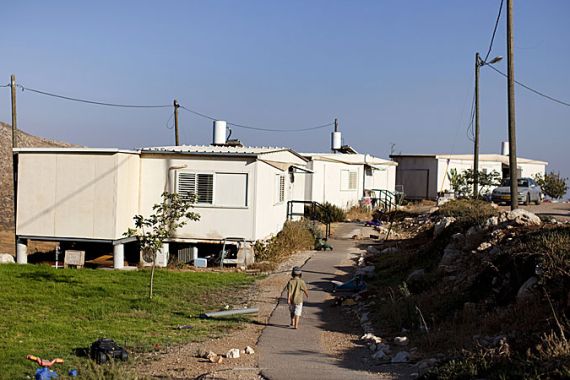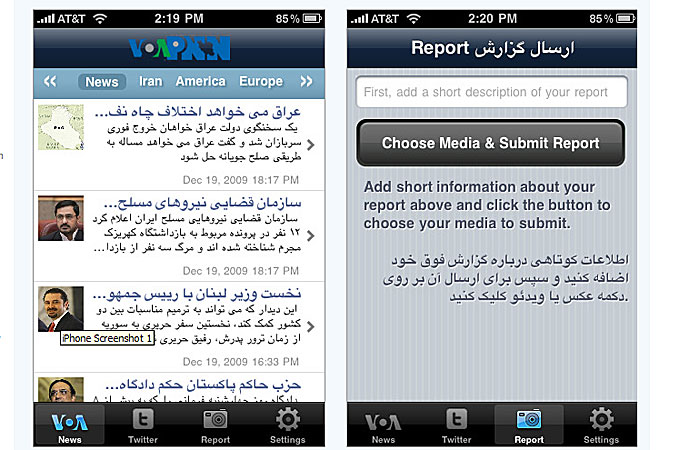New tool tracks Israeli settlements
Web and phone application monitors construction in real time, one of many politcally-themed tools to enter the market.

 |
| The ‘Facts on the Ground’ application allows users to monitor Israeli settlements in the West Bank in real time |
As Middle East peace negotiators prepare to pressure Israel to extend its moratorium on West Bank settlements, a new piece of technology aims to show people settlement activity on the ground.
Americans for Peace Now (APN), have launched a web and phone application called Facts on the Ground, which lets users monitor settlements in the occupied territory in real time, including new constructions, changes to outposts or violent incidents.
Keep reading
list of 4 itemsHong Kong’s first monkey virus case – what do we know about the B virus?
Why will low birthrate in Europe trigger ‘Staggering social change’?
The Max Planck Society must end its unconditional support for Israel
Using mapping software, the tool displays settlements as blue houses that, once clicked on, reveal when they were established, their population, religion and the amount of Palestinian land they occupy.
It also shows unauthorised settlements – marked in red – and the Green Line dividing Palestinian and Israeli territory, the borders of Jerusalem and different security zones within the territory.
Some 300,000 Israelis live in settlements within the Palestinian territory on the West Bank, and another 200,000 live in east Jerusalem, which are both occupied territories under international law.
APN believes the application will show the “unfiltered realities that settlements create on the ground.”
“While people are entitled to their opinions on this divisive issue, there is only one set of facts, and our app makes these facts available in an unprecedented clarity and detail,” Debra DeLee, president of the Washington-based group said.
“One of the things that make this tool so powerful is that it democratises data,” she said.
“In the past, not many were able to tour the settlements with an expert guide. With the introduction of our app, anyone can explore the West Bank with just a click of a mouse or a touch of a finger.”
The tool was created using data collected by Israel’s Peace Now movement, that was previously inaccessible or too expensive to distribute.
US border-crossing application
The technology is just one of a number of politically-charged applications, some already in the market and others under development.
In the United States, a piece of software aimed at helping illegal immigrants quench their thirst in the deserts near the US-Mexico border has triggered a heated debate.
The Transborder Immigrant Tool, which is being developed by a group from the University of California-San Diego and the University of Michigan, uses GPS software to display water stations and directions to them.
Critics say the tool also helps immigrants chart the best route and alerts them to border checkpoints, helping them gain illegal entry into the US.
But advocates say the tool could help prevent people dying from dehydration out in the desert – with hundreds of lives being lost each year.
For many migrants, such a tool would be unaffordable. But the designers behind it are hoping that they can hand out phones with the software for free in Mexico.
Iranian downloads
In Iran, a phone application that attempts to enable users to become “citizen journalists” faces a different kind of obstacle.
 |
| Voice of America’s phone application could be hindered by strong Internet controls in Iran |
The Voice of America’s Persian News Network intends to give Iranians the opportunity to download the latest news, and share theirs with the world.
Users can send images and video to a secure website where VOA editors review them for broadcast.
Iranians have made headlines for utilising tools such as Twitter to mobilise protest groups in major cities, and VOA hopes the new application would empower people there further.
But, along with strict Internet controls, only those who are able to bypass filters that forbid downloads from American-based companies will be able to use the application.